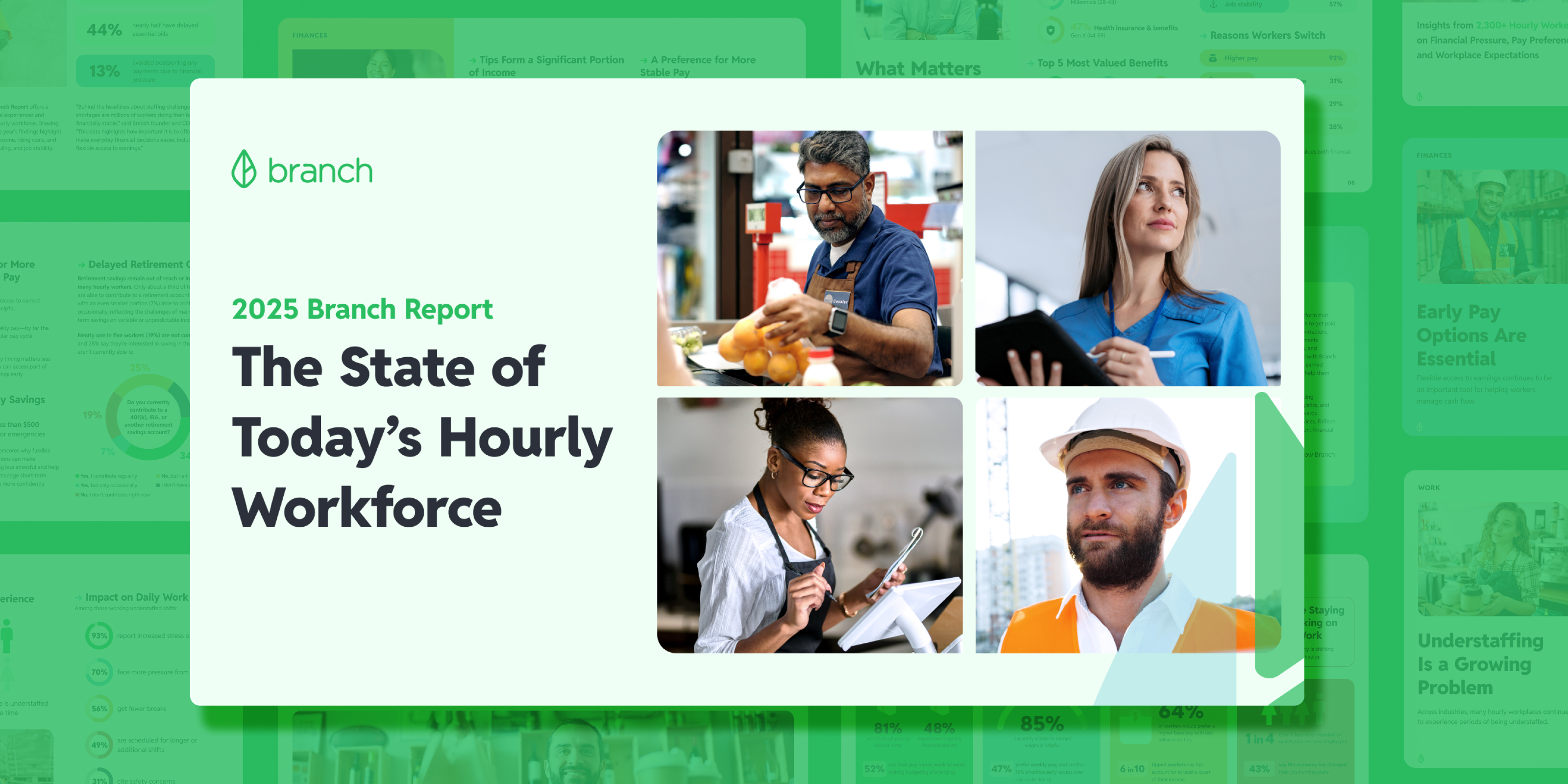
The High-Stakes Industries Where Hiring Feels Impossible
It’s well-known that labor shortages have run rampant across many industries since the pandemic. But there are certain sectors where hiring seems downright impossible—where employers cannot recruit fast enough to keep up with attrition and meet demand. Unfortunately, these also happen to be industries where a shortage of labor can have far-reaching consequences for everyone involved.
From education and healthcare to childcare and law enforcement, here are four high-stakes industries struggling with ongoing labor shortages—and how these shortages are affecting society as a whole.
Healthcare Heroes Running On Fumes
Imagine a world where you hesitate before seeking medical attention because finding a doctor or nurse could be an ordeal. This isn’t some sort of dystopian fiction—it’s already a reality in many regions due to the severe shortage of healthcare professionals.
According to the Association of American Medical Colleges, the U.S. faces a projected shortage of 54,000 to 140,000 physicians by 2033. Nurses, the backbone of medical care, are also in high demand—this analysis found that the total number of RNs decreased by more than 100,000 from 2020 to 2021 alone—the largest drop ever observed over the past four decades.
With fewer clinicians, wait times lengthen, access to care diminishes, and patient outcomes suffer. In fact, the American Association of Colleges of Nursing points to a study published in the journal BMJ Quality & Safety which found that when more than four patients were assigned to an RN in pediatric hospitals, the likelihood of hospital readmissions increased significantly.
Learn more about ways to address healthcare shortages.
Educators Battle Burnout and Weigh Their Options
Teachers from all backgrounds are quitting at alarming rates—from primary school educators to substitute teachers and tutors. A pandemic-fueled learning gap only exacerbated how overwhelmed most educators feel, and teachers from all sub-sectors are dealing with fewer resources and more work.
A 2022 survey by the National Education Association shows that more than 50% of educators reported feeling burned out, and a staggering 37% considered leaving the profession altogether.
The consequences of an understaffed education system are profound. Larger class sizes hinder personalized learning, teacher burnout affects student engagement and motivation, and the overall quality of education suffers. This domino effect can impact the personal trajectories of individual students and in turn, affect societal progress as a whole.
Learn more about the educator shortage.
Child Care Workers Under Strain
When it comes to careers with the biggest responsibilities, child care workers have a lot of pressure on their plates. Helping mold the next generation is no small feat—one that becomes even more overwhelming when there is a shortage of labor and you’re forced to care for more kids with fewer resources. To make matters worse, early educators are some of the lowest paid professionals in the United States; paid, on average, only $13.51 an hour.
It’s hard to grasp how people with such an important responsibility aren’t being compensated to match their efforts—and understandable to see why some are leaving for other industries altogether. Turnover rates for child care workers currently sit as high as 40% in some states, with a gap of 500,000 positions nationwide.
The effects of these shortages are widespread. Parents struggle to manage work-life balance, economic opportunities are curtailed, and children miss out on critical early childhood development experiences.
Learn how faster payments can benefit the child care workforce.
Law Enforcement Professionals Under Pressure
Law enforcement professionals are entrusted with keeping our communities safe, yet their ranks are thinning. According to a 2021 survey from the International Association of Chiefs of Police, 78% of agencies reported difficulty in recruiting enough qualified candidates. And it isn’t just police departments that are feeling this pinch; job openings for positions like security guards and park rangers are also on the rise, and 21% of correctional officer positions were unstaffed in federal prisons as of March 2023.
The implications of understaffed law enforcement can be severe: response times slow, which can have dangerous consequences for crime and the overall feeling of safety within a community. Moreover, overworked law enforcement professionals experience increased stress and burnout, which makes it harder to provide adequate attention to each case or incident.
Critical Industries Need a Critical Eye on Recruiting & Retention
All four of these industries are crucial to the fabric of society—a shortage of talent in any one of them can have ripple effects that may be felt for generations. To combat these shortages, employers and businesses will need to address the long hours, emotional stress, and stagnant wages these professionals are up against.
Organizations will need to pay close attention to what moves the needle on the recruitment and retention of these individuals, from improving compensation and work-life balance to implementing better benefits and incentives that make an impact on workers’ day-to-day lives. That could look like providing same-day access to pay in order to boost cash flow and improve the financial wellness of your workforce, developing a rewards program, or investing in enhanced technology that makes it easier for them to perform their daily tasks.
Providing perks that can actually improve the lives of your workers may help more people stay in these critical fields, avoiding burnout and remaining engaged and hopeful for the future—which may have a positive impact on society at large.
Continue reading
Unlock a Happier, More Productive Workforce







